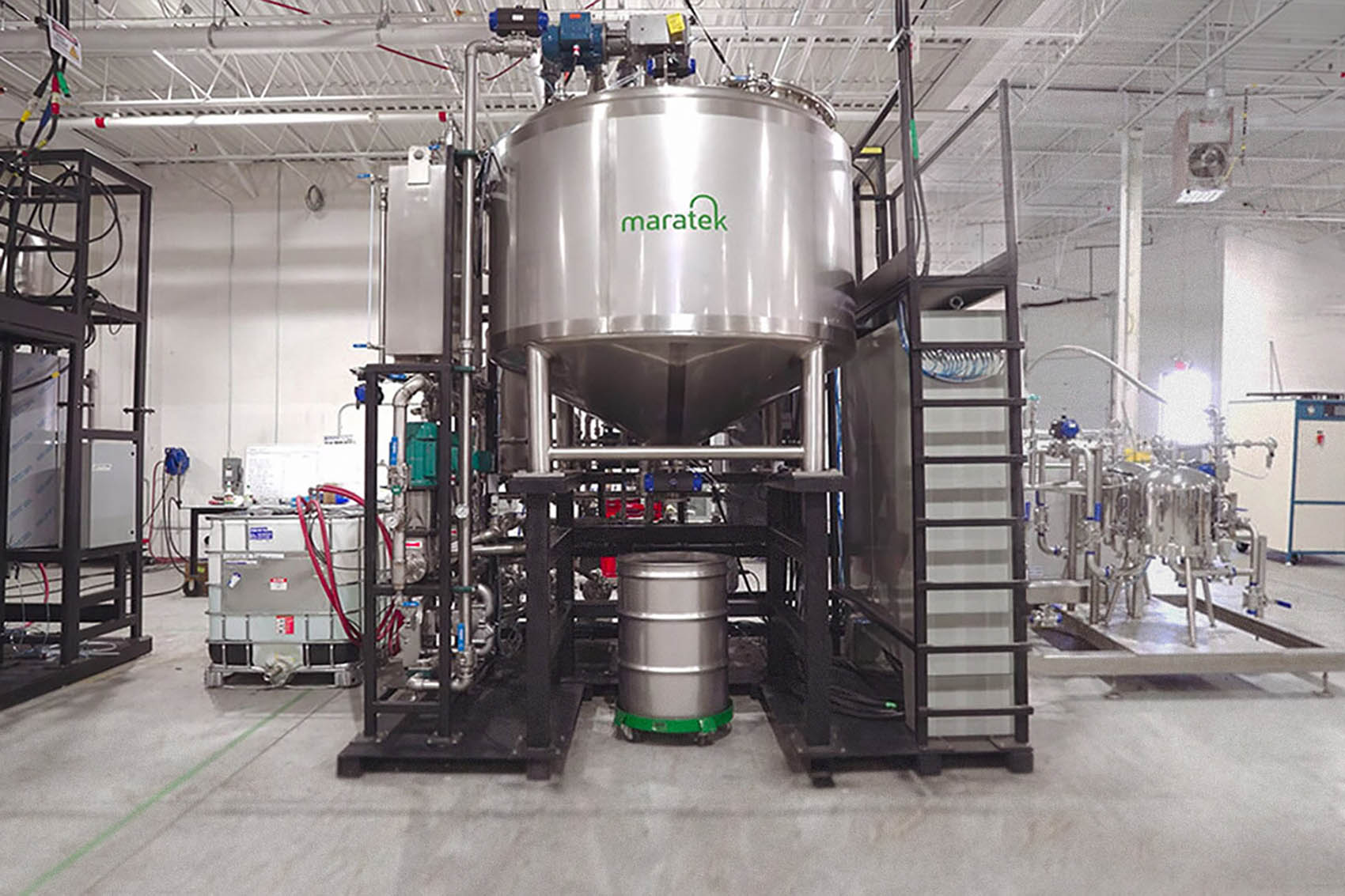Seed Oil Extraction Using Hexane Solvent

Extraction is a crucial process in the production of various seed and vegetable oils. These oils are important ingredients in culinary applications, cosmetics, pharmaceuticals, and biofuels. Among the several methods available for extracting oils from seeds, the use of hexane as a solvent is one of the most prevalent due to its efficiency. This blog explores the process of seed oil extraction using hexane solvent and delves into the solvent recovery process, which is important for both economic and environmental reasons.
◾ The Hexane Extraction Process
The hexane extraction process can be broken down into several key steps:
- Preparation of Seeds
Before extraction, seeds undergo cleaning to remove foreign materials like stones, dirt, and other impurities. This ensures that the final oil product is pure and of high quality. Further preparation may include cracking, cooking, and drying.
- Solvent Extraction
The prepared seeds are loaded into an extraction unit. Following this, hexane is introduced into the extractor, where it dissolves the oil contained in the prepared oilseeds. Hexane is preferred due to its ability to effectively dissolve non-polar substances like oils and fats.
- Separation of Miscella
The mixture of oil and hexane, known as miscella, is separated from the seed solids (referred to as cake or meal). The solids are then removed from the extractor and can be further processed to be used as animal feed.
◾ Solvent Recovery Process for Hexane
One of the critical aspects of the hexane extraction method is solvent recovery and recycling. Efficient solvent recycling not only reduces operational costs but also minimizes environmental impact. Companies like Maratek make it our mission to produce solvent recovery and recycling equipment that can help manufacturers improve their sustainability. Our state-of-the-art systems can recover high volumes of available solvent that can be reused, leading to cost savings and encouraging environmentally friendly practices.
The solvent recovery process involves several steps:
- Evaporation
After extraction, the miscella is directed to an evaporator where heat is applied. During this stage the hexane evaporates, leaving behind the extracted oil. The vaporized hexane is then collected and sent to a condenser.
- Condensation
In the condenser, the hexane vapors are cooled down and converted back into liquid form. This is typically achieved by passing the vapors through a series of cooling coils. The condensed hexane can then be collected in a storage tank for reuse in the extraction process.
- Stripping
To ensure maximum recovery of hexane, the oil is often subjected to a stripping process. In this stage, steam is introduced into the oil, causing any residual hexane to evaporate. This hexane vapor is then condensed and collected, similar to the primary evaporation process.
- Solvent Purification
The recovered hexane may contain impurities that can affect the efficiency of the extraction process. Therefore, it is typically purified before reuse. This can be done through filtration, distillation, or other purification methods to ensure that the hexane is of high quality and free from potential contaminants.
- Storage and Reuse
Once purified, the hexane is stored in tanks until it is required for another extraction cycle. This solvent recovery process ensures that the solvent is reused multiple times, significantly reducing the need for fresh hexane and minimizing waste.
◾ Environmental and Safety Considerations
While hexane extraction is highly efficient, it does come with environmental and safety considerations that must be addressed:
Environmental Impact
Hexane is a volatile organic compound (VOC) that can contribute to air pollution if not properly managed. Therefore, stringent measures are necessary to prevent hexane emissions during the extraction and recovery processes. This includes using sealed systems, efficient recovery units, and proper handling procedures.
Safety Concerns
Hexane is highly flammable and can pose health risks if inhaled. Adequate safety measures, such as proper ventilation, explosion-proof equipment, and protective gear for workers are essential to prevent accidents and health hazards.
Regulatory Compliance
The use of hexane in oil extraction is subject to regulatory standards set by environmental and health agencies. Compliance with these regulations ensures that the process is safe for workers and does not harm the environment.
◾ Advantages and Disadvantages of Hexane Extraction
One advantage is that hexane extraction yields a higher amount of oil compared to other methods like cold pressing. The process is relatively inexpensive due to the low cost of hexane and the ability to recover and reuse the solvent. Which makes this method suitable for large-scale industrial operations and ideal for the mass production of various oils.
A disadvantage of hexane extraction is that there is a potential for air pollution and health hazards if not properly managed. Trace amounts of hexane can also remain in the extracted oil, which may require further refining to remove for consumer safety.
Hexane extraction is a widely used and efficient method for obtaining oil from seeds thanks to its high yield and cost-effectiveness. The solvent recovery process plays a crucial role in ensuring the economic viability and environmental sustainability of this method. By recovering and reusing hexane, producers can reduce operational costs and minimize environmental impact. However, it is essential to address the associated safety and environmental concerns through proper management and regulatory compliance.
As the demand for vegetable oils continues to grow, advancements in extraction technologies and solvent recovery methods will be key to meeting this demand sustainably and safely. If you would like to learn more about extraction and solvent recovery, contact Maratek today.
Resources
Oil and Oilseed Processing II | Oklahoma State University (okstate.edu)
Understanding Hexane Extraction of Vegetable Oils (andersonintl.com)
oil-and-oilseed-processing-ii-fapc-159.pdf (okstate.edu)
Green solvents and technologies for oil extraction from oilseeds - PMC (nih.gov)





